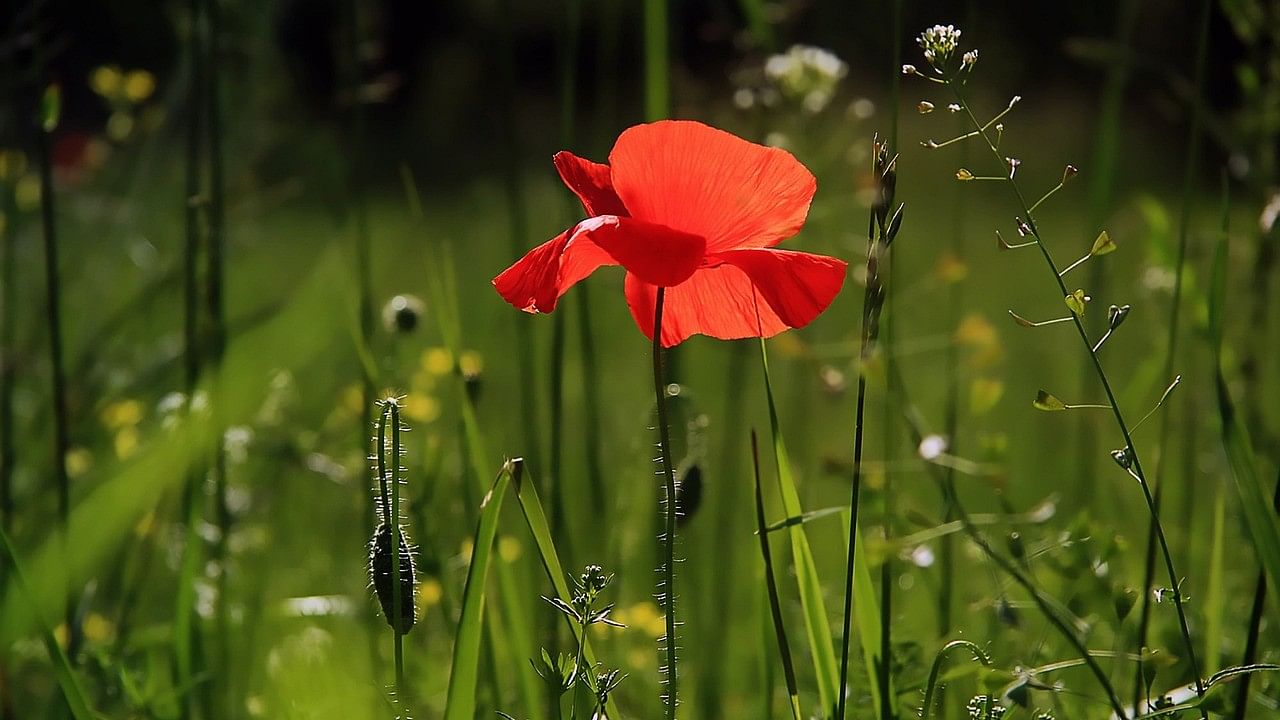
Representative image.
Credit: Pixabay Photo
Today, the earth is almost heading for the sixth mass extinction, driven entirely by human activity. It is estimated that the rate of extinction is almost a 1,000 times faster than the normal background extinction.
One way that we, Bengaluru city dwellers, could make our space more creature-friendly would be to grow native plants. A native garden will provide food and shelter to our urban wildlife. Butterflies, bees, lizards, bats, squirrels and so many more. Each small patch of native plants that we create will contribute to our collective fight to slow the terrifying rate of extinction.
Native vegetation is defined broadly as plants that grew in the region before human intervention. They have evolved over the millennia to survive and thrive in that climatic and soil conditions, and hone their defense against local pests. Native plants therefore are low maintenance, requiring less water, fertilizers and pesticides.
Our wildlife has coevolved with the flora and has adapted to them to provide shelter and sustenance. Butterflies need specific host plants for their larvae. If the host plant goes extinct so does the butterfly. Each ficus species has its specific fig wasp as pollinator and the wasp depends on the ficus for its lifecycle. If either one goes extinct, the other is doomed.
An area dominated by non-natives is an ecological sterile zone where the food chain has collapsed. Walk along the two-km stretch of the park in Jayanagar and you hardly hear any bird song. The flora there is almost all non-native.
Native plants for your garden
Plants that are available, visually very attractive, thrive in Bengaluru and are habitat and food source for our urban wild. Before getting into the wild flower garden there is one landscape concept that you need to know.
Thriller, filler, spiller is a design technique that is used in landscaping. Tall dramatic plants act as focal points and would be the ‘thrillers’. Fillers are medium-sized plants that surround the thriller and offer texture, colour and volume to the design. Finally, the low-growing spillers cascade over the edge of the flower bed and lend flow and softness to the design.
Here are two beautiful natives from a huge treasure-trove of plants that are native to India:
Clerodendrum Paniculatum
This lovely shrub grows to about six feet in height and has a spread of 2-3 feet. Clerodendrum paniculatum has large, glossy, deep green leaves, and huge orange, red floral panicles, that can get up to a foot long.
The nectar-rich flowers are a butterfly magnet. You could have the Southern Birdwing, the largest butterfly in India and a resident of Bannerghatta, flitting about your garden. This shrub is a ‘thriller’ for sure. Plant them in a group to create that dramatic floral hit.
Clerodendron paniculatum does best in a sunny location. The soil needs to be rich in humus and well-drained. Water it in moderation and allow the soil to dry before the next watering. This shrub is drought-resistant, so do not worry about under-watering.
Aristolochia Indica
One of the larval hosts of the Southern Birdwing is the Aristolochia Indica. This slender, neat twiner grows up to 30 feet long and has purple flowers that resemble tiny pipes. It can be trained over your compound wall but is quite happy trailing on the ground too. It is a ‘spiller’ plant.
Pets and young children may not find its bitter leaf particularly appealing, but it’s wise to avoid having this plant around them. The soil, light and water needs of this plant are similar to that of Clerodendrum Paniculatum. So, growing them together will be easy.